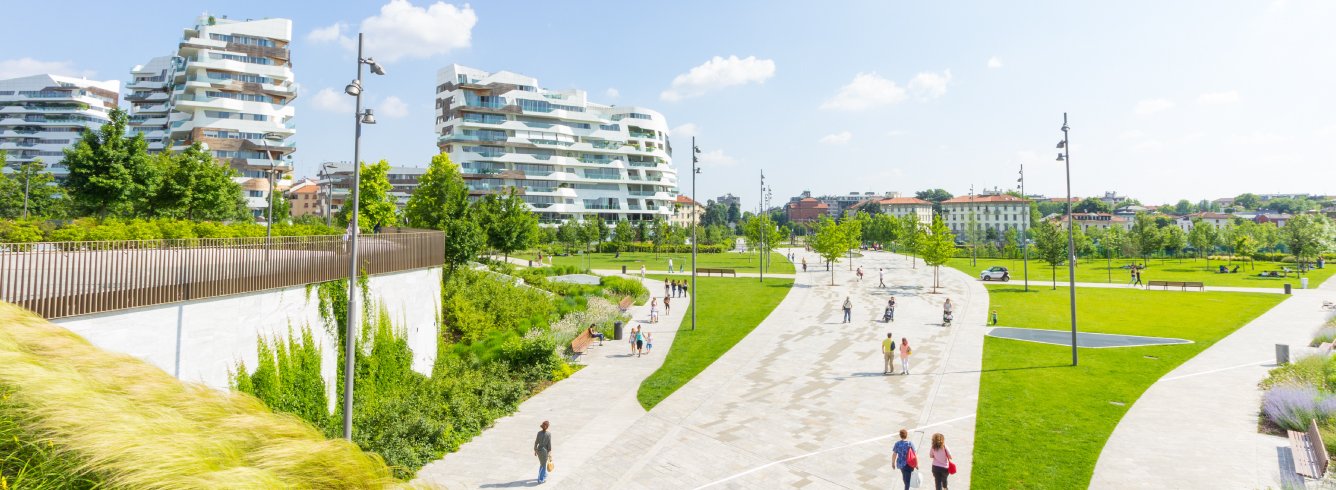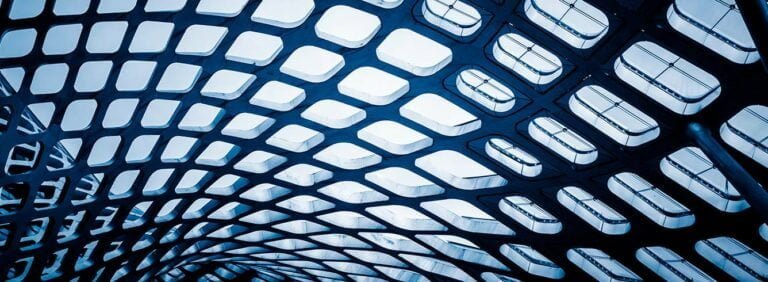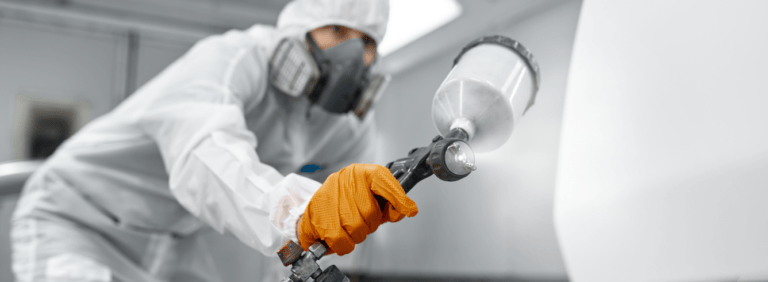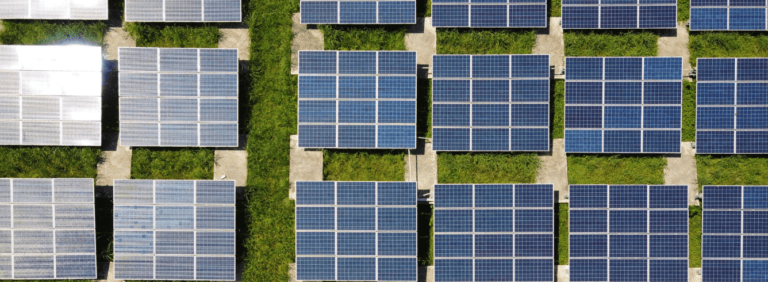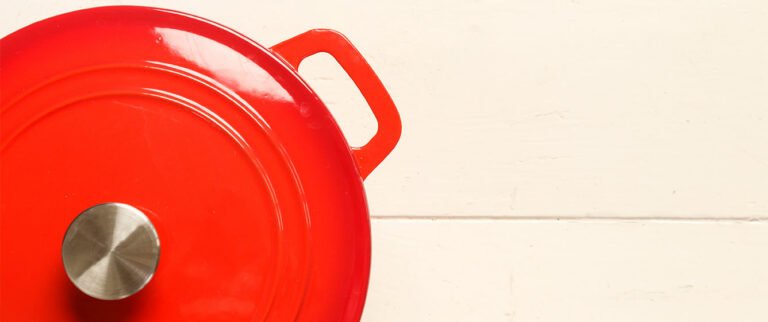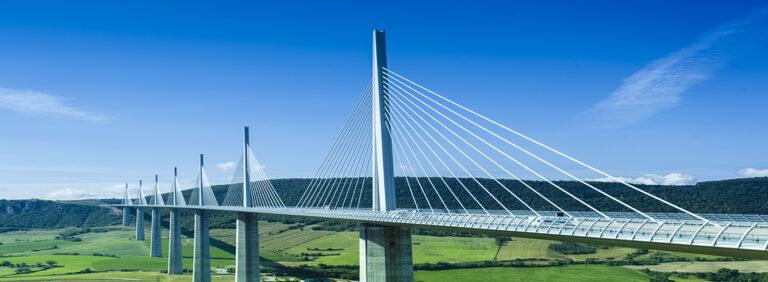Titanium dioxide (TiO2) can help to promote a more sustainable built environment from the beginning to the end of a building’s life.
The buildings and construction sector is a priority for the EU under the European Green Deal. This is because it has a significant impact on climate and a substantial environmental footprint:
- The built environment accounts for about 50% of all raw material extracted from the earth.
- The construction sector is responsible for over 35% of the EU’s total waste generation[1].
- Buildings are the largest single energy consumers in Europe, accounting for 40% of energy consumption and 36% of EU greenhouse gas (GHG) emissions[2].
Under the umbrella of the European Green Deal, the EU is aiming to reduce the environmental and climate footprint of its building stock, making sustainability a key pillar of the construction sector.
The EU’s Strategy for a Sustainable Built Environment and the EU’s Renovation Wave Initiative will include a range of measures to achieve this ambition. These could include:
- Improving the durability and adaptability of built assets in line with the circular economy principles for buildings design;
- Addressing the sustainability performance of construction products;
- Optimising building renovation, including encouraging investment and financing.
Improving the environmental performance of the EU building stock is also an important part of the EU’s Covid-19 economic recovery. The EU’s Renovation Wave Initiative aims to raise €325 billion investment annually.
Sustainable and circular construction materials
The EU is seeking to promote circular economy principles in order to extend the lifespan of products and materials, while ensuring that these can be recycled at ‘end-of-life’. Producing high-quality products that last for longer will be key if the EU is to meet its ambitious objectives.
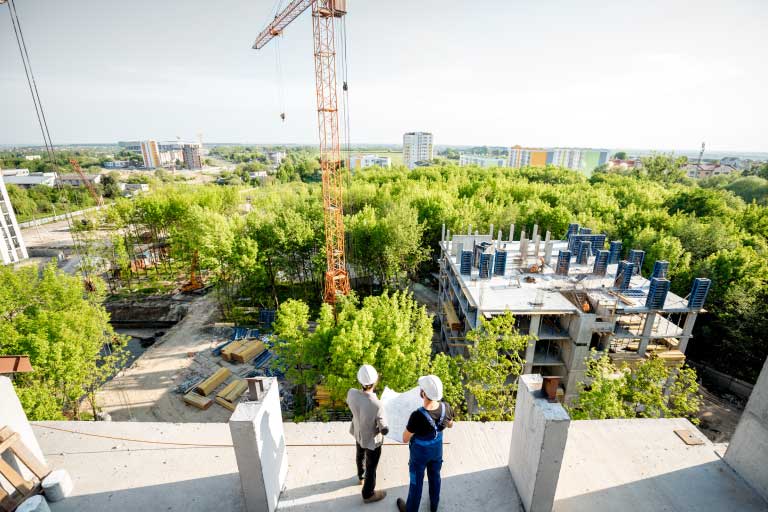
Titanium dioxide contributes to a sustainable built environment
TiO2 is used widely in the built environment and can help to make construction products and buildings more sustainable.
TiO2 pigments help to maintain the quality of products for longer. In decorative outdoor paints, TiO2 enhances their opacity and supports durability through a resistance to heat, light and weathering. TiO2 pigment in plastics helps to protect and extend plastic product lifetime, contributing to the reduction of plastic waste.
TiO2 is used in construction products in some of the world’s most notable architectural landmarks to help protect them from the elements. The protective properties of TiO2 in plastic pipes also helps to keep drinking water safe.
TiO2 helps to conserve materials used for construction and renovation
TiO2 pigments have a very high refractive index (its ability to scatter light), even higher than diamond. Because they scatter light so well, TiO2 pigments are unrivalled opacifiers. They provide outstanding covering power and are therefore a vital ingredient in paints. The closest potential alternative opacifier is around 35% less effective. TiO2 can achieve brilliant, long-lasting white finishes, both for interiors and exteriors.
Without TiO2, many additional layers of paint would be needed to achieve the same coverage.
Since 2010, the TDMA has gathered cradle-to-gate information about the environmental and carbon footprint of TiO2. These life cycle data have helped to demonstrate that the total environmental footprint of white paint reduces as the TiO2 content increases. Paints with a high TiO2 content are significantly more durable than those containing low levels of TiO2. Buildings painted with durable paints typically need repainting less often. In this way, TiO2 can have a positive impact on the total Product Environmental Footprint (PEF) of buildings over their lifespan.
TiO2’s refractive properties also assist in protecting plastics used for outdoor structures, helping to make them durable in extreme weather conditions and to protect them from damage caused by sunlight.
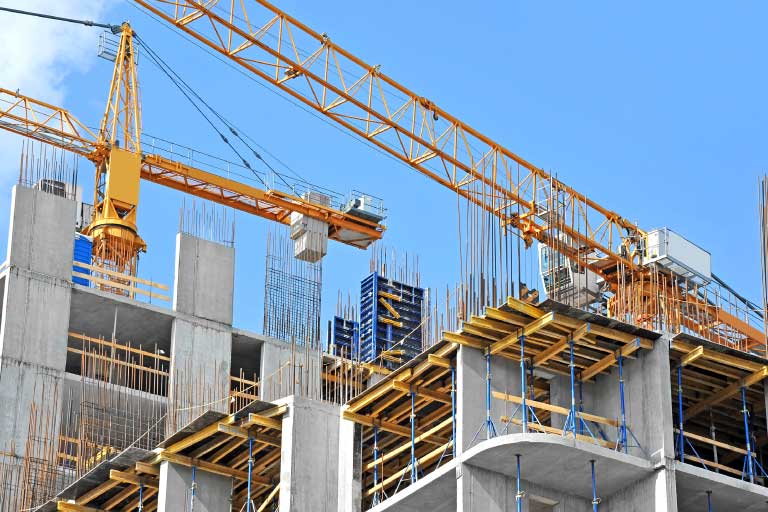
TiO2 is a key material in the EU’s Renovation Wave Initiative – helping to deliver energy efficiency
The renovation of the EU’s building stock will have to tackle the vast amounts of energy consumed by buildings. TiO2 plays a role here.
TiO2 pigments possess the property to reflect the heat generated by the infrared rays of the sun. TiO2 pigments used in paint applied to the external surfaces of buildings can help to reduce heat build-up. ‘Cool roofs’, those painted with white or light-coloured coatings containing TiO2 pigments, can significantly reduce heat build-up in buildings. This helps to reduce the energy that would otherwise be consumed by cooling devices like air-conditioning, helping to provide energy savings.
An added benefit of TiO2 is that it can help tackle the ‘urban heat island effect’ which is a growing problem in many cities across the world. The absorption of heat by concrete and construction materials means that temperatures can be significantly higher in cities than in their rural surroundings. Painting surfaces with white paint containing TiO2 is an effective way to reduce this effect, helping to make city life in hot climates more bearable.
Inside a building, TiO2 can help to create bright indoor spaces. Thanks to the brightness and whiteness provided by TiO2 in coatings and plastics, we can light rooms using less energy, either by using lower energy bulbs or by using less lighting.
